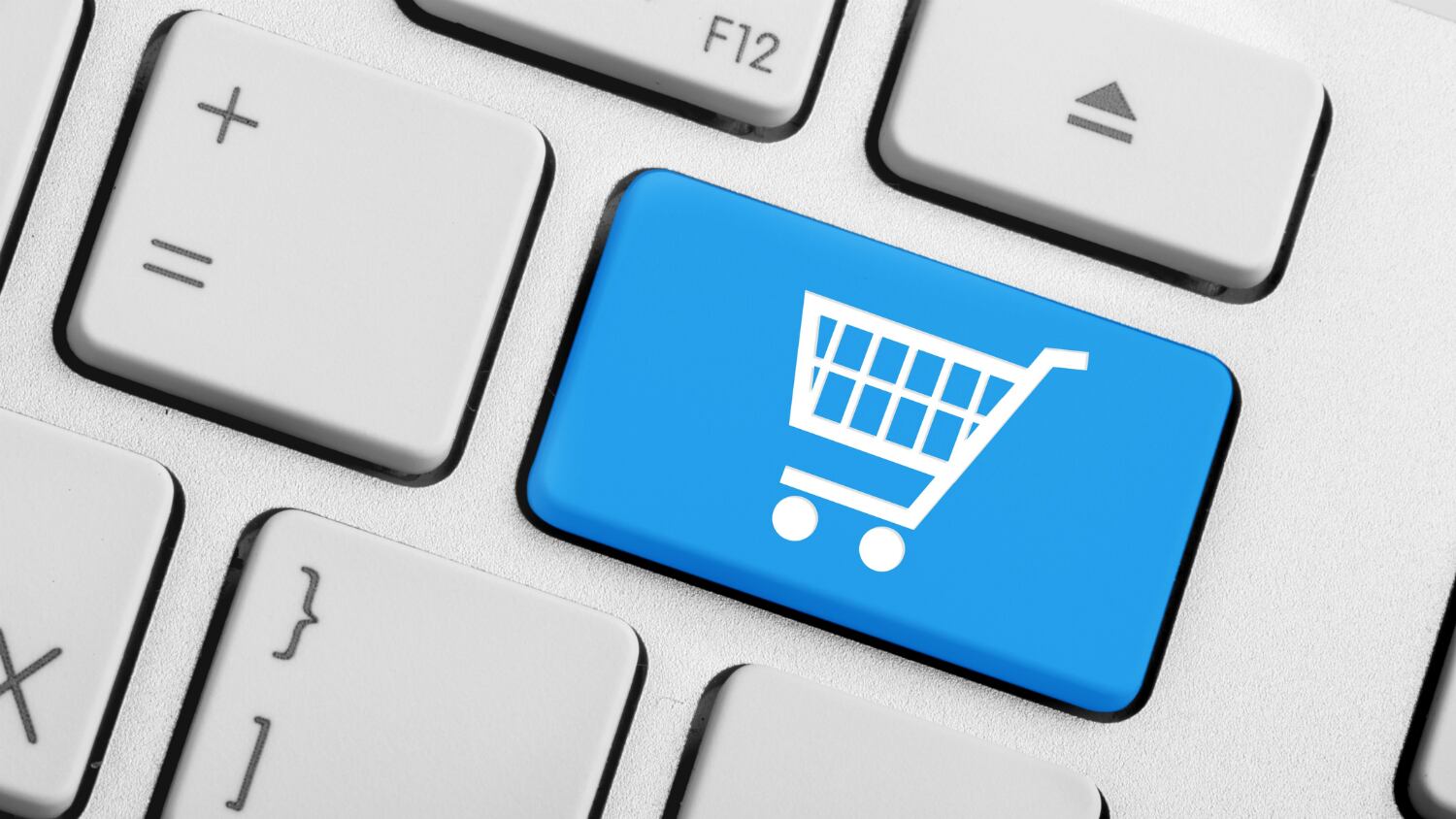
NutraIngredients, in conjunction with GOED, will be holding APAC's first ever omega-3 event in Singapore in February 2019, featuring renowned speakers from CSIRO, A*STAR, Koure, GOED and more.
Nearly 30% of the CBEC sales was contributed by food products in year 2016.
The huge volume of transactions and ease of selling via CBEC have sparked interests for many foreign firms.
At a webinar titled “How to sell food via cross-border e-commerce into China”, Marcus Sohlberg, co-founder of Export2Asia.com highlighted important points that overseas firms should be aware of when operating in China's CBEC space.
The webinar was organised by Reach24h Consulting Group, a regulatory consultancy firm.
Kaola – largest CBEC site
Tmall global and JD worldwide are the well-known e-commerce platforms, however, one should not miss Kaola when it comes to CBEC.
As of 2018Q1, Kaola was the biggest CBEC player, enjoying a market share of 26%, according to iiMedia Research Group’s August 2018 report.
“Kaola is the biggest in terms of CBEC. It also focuses a lot on food (sales),” Sohlberg pointed out.
“It buys products from the companies directly and has the biggest warehouse.”
NetEase Inc, which operates Kaola, also pledged to source $11 billion worth of goods from key overseas markets into China, local media China Daily reported.
Selling via WeChat
Besides e-commerce sites, Sohlberg suggested that firms could consider selling their products via WeChat, especially when they were cash-strapped.
This was because firms are required to pay yearly fees – ranging from US$1,000 to US$5,000 if they were to sell on major e-commerce sites.
He pointed out that WeChat does not charge any yearly fees, although it charges a 2.5% processor fee.
As with other e-commerce platforms, it also charges fees for store set-up and monthly operation services.
“It can be a good way to start up and to try the market…It is the option to go to if you don’t want to go to Tmall or JD and the other more expensive services.”
WeChat does not have a built-in store, however, one can drive traffic from WeChat to a third party store opened using the WeChat internet browser.
Payments via WeChat totalled more than US$16 trillion last year. Singapore supplement firm Innoso is an example of a start-up which solely depends on WeChat to market and sell its products.
Popular imported food
Meat, dairy (cheese, milk powder), fish and seafood, olive oil, fruits (avocado, durian and berries), vegetable, preserves (canned tomatoes, beans and foie gras) and liquors, were examples of popular imported food, Sohlberg said.
Burgeoning middle and upper class, easy access to online platforms, interest in latest food trends, and repeated episodes of food scandals were reasons why Chinese were buying more imported food, he added.
E-commerce partner
E-commerce partners provide a host of services, including the setting up of the online store, market assessment, product branding, and translation services catered to the Chinese consumers.
As such, Sohlberg pointed out that it would be beneficial for overseas firms to engage e-commerce partners when entering China’s CBEC marketplace.
“The Chinese market is not the market for beginners. There is a need to do early assessments, and this is what the e-commerce partners can help you with,” he said.
“The Chinese are very brand sensitive, so Tmall and JD are required to sell something that Chinese are familiar with. Thus, market pre-assessment is needed,” he added.
E-commerce partners in turn receive financial gain through paid commission, monthly store maintenance fee, and pre-assessment fee etc.
The cost could be broken down into 1) pre-assessment fee of USD$10,000 to $USD30,000 (up to USD$50,000) 2) commission of 5% to 20% (up to 35%), and 3) monthly store maintenance fee of USD$5,000 to USD$10,000
He pointed out that it was not necessary to engage an e-commerce partner, however, it would “make things easier”, which was “almost a must if you want to sell on JD or Tmall”.
He also urged companies to consider their company’s budget and business size before engaging an e-commerce partner.
“The fees are often more expensive than what people think,” he stressed.
Alternatively, firms can choose to sell on specialty stores that only sell a certain type of product, or run a standalone website and try to direct traffic to it. However, which he cautioned that the latter would be a difficult endeavour.
Payment methods
Overseas merchants can now use Alipay and WeChat to collect payment from Chinese consumers.
US start-up Stripe – a payment processor firm partnered with Alipay and WeChat Pay in July. This enables merchants from all over the world accept payments from Chinese consumers.
Sohlberg pointed out that the Chinese also use UnionPay – the only interbank network in China that also provides online payment and rarely use Visa, Mastercard, and Paypal.
Types of CBEC models
There are two types of CBEC models in China, namely the bonded warehouse model and direct shipping model models.
1) Bonded Warehouse Model
For this model, firms need to register their products with the Chinese customs.
Their products are then stocked in bulk in China’s free trade zone. Once an order is made, the products would be sent to customers directly.
It offers a quicker shipping process and is easier for firms to receive returned products.
Firms will need to pay for storage and packaging if they opt for this model.
2) Directly Shipping Model (Business Commercial Clearance)
This model is designed and supported by the Chinese government. Thus, it offers a faster clearance than regular post services.
However, more documentation is needed, including payment serial number, order serial number and customer’s ID card number.
3) Direct Shipping (Express Mail System)
There are lesser inspections involved and easier customs clearance for this model.
However, this channel prohibits the selling of a number of food products.





